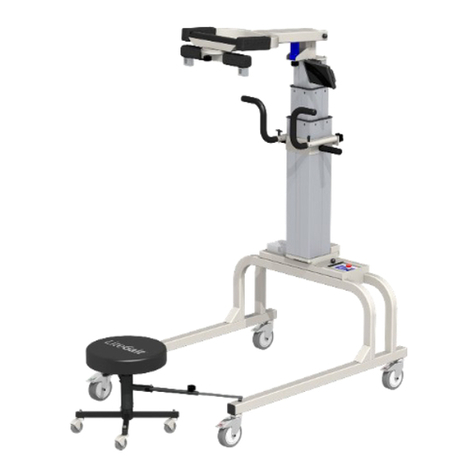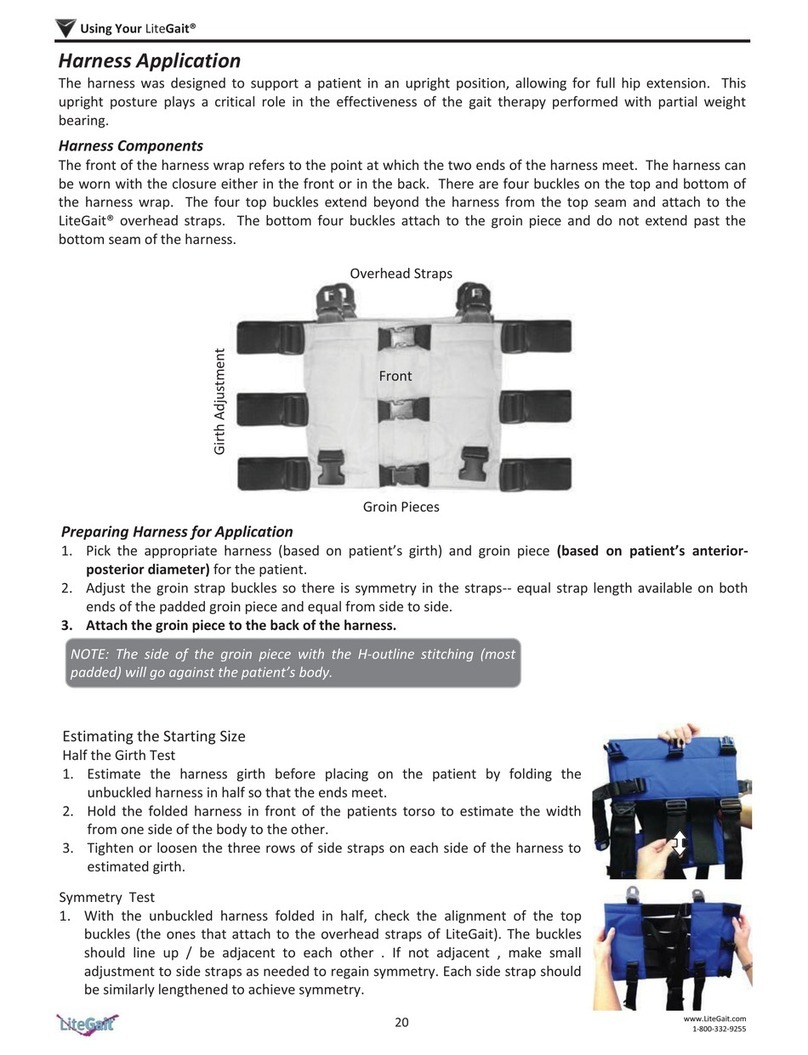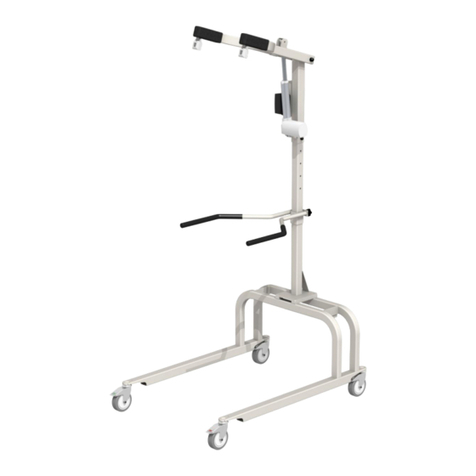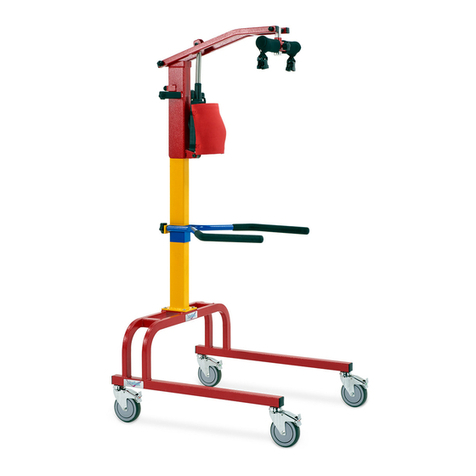
9 www.LiteGait.com
1-800-332-9255
Table of Contents
LiteGait® 300 Assembly............................................................................................... 10
LiteGait® 400/500 Assembly ....................................................................................... 10
LiteGait® Diagram....................................................................................................... 16
About Your Unit.......................................................................................................... 16
USING Your LiteGait® .................................................................................................. 17
I. Control Unit .......................................................................................................... 17
II. Charging LiteGait®................................................................................................ 17
III. Charging LiteGait® I 300 Standard/Deluxe ........................................................... 17
IV How to Adjust Yoke Height................................................................................... 18
V. FlexAble ............................................................................................................... 18
VI. FreeDome........................................................................................................... 18
V. Adjusting Handlebars ........................................................................................... 19
VI. Base and Casters................................................................................................. 19
VII. Harness Application ........................................................................................... 20
Unit Care and Maintenance ....................................................................................... 25
Troubleshooting ......................................................................................................... 28
Parts List .................................................................................................................... 30
Appendix A. FreeDome ............................................................................................. 33
Appendix B. BiSym ..................................................................................................... 36
Resource Directory ..................................................................................................... 43
































